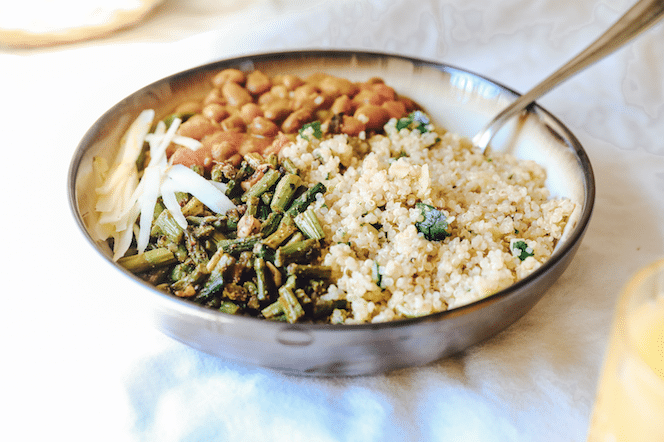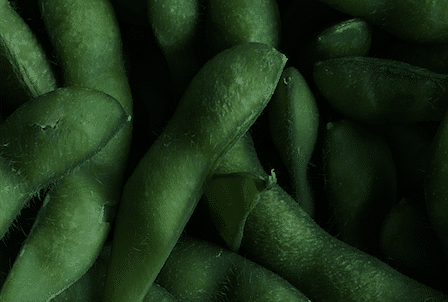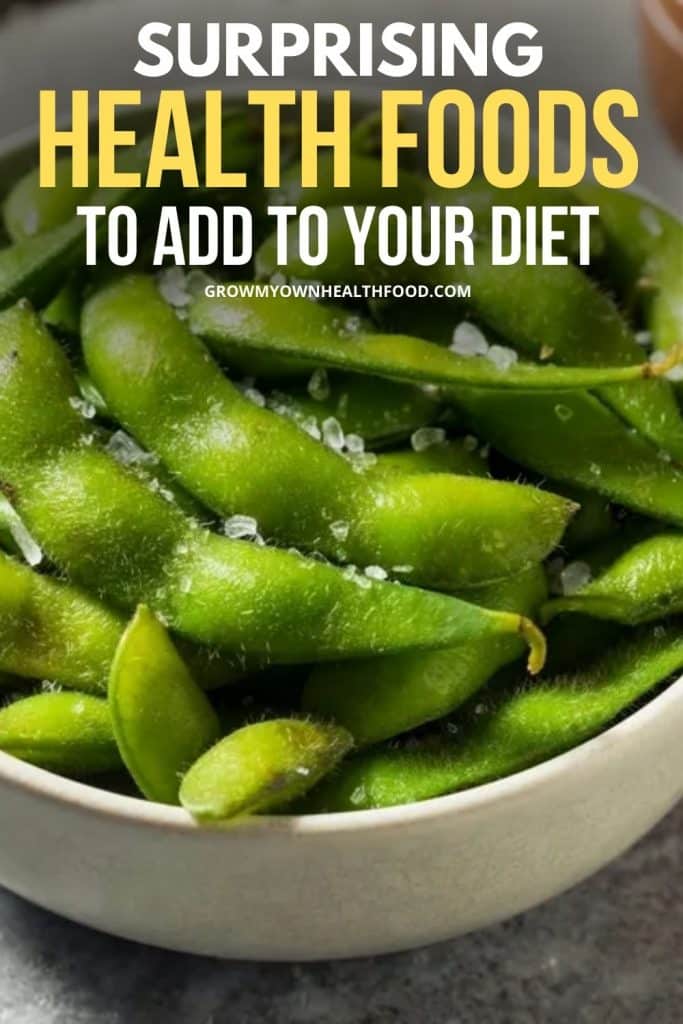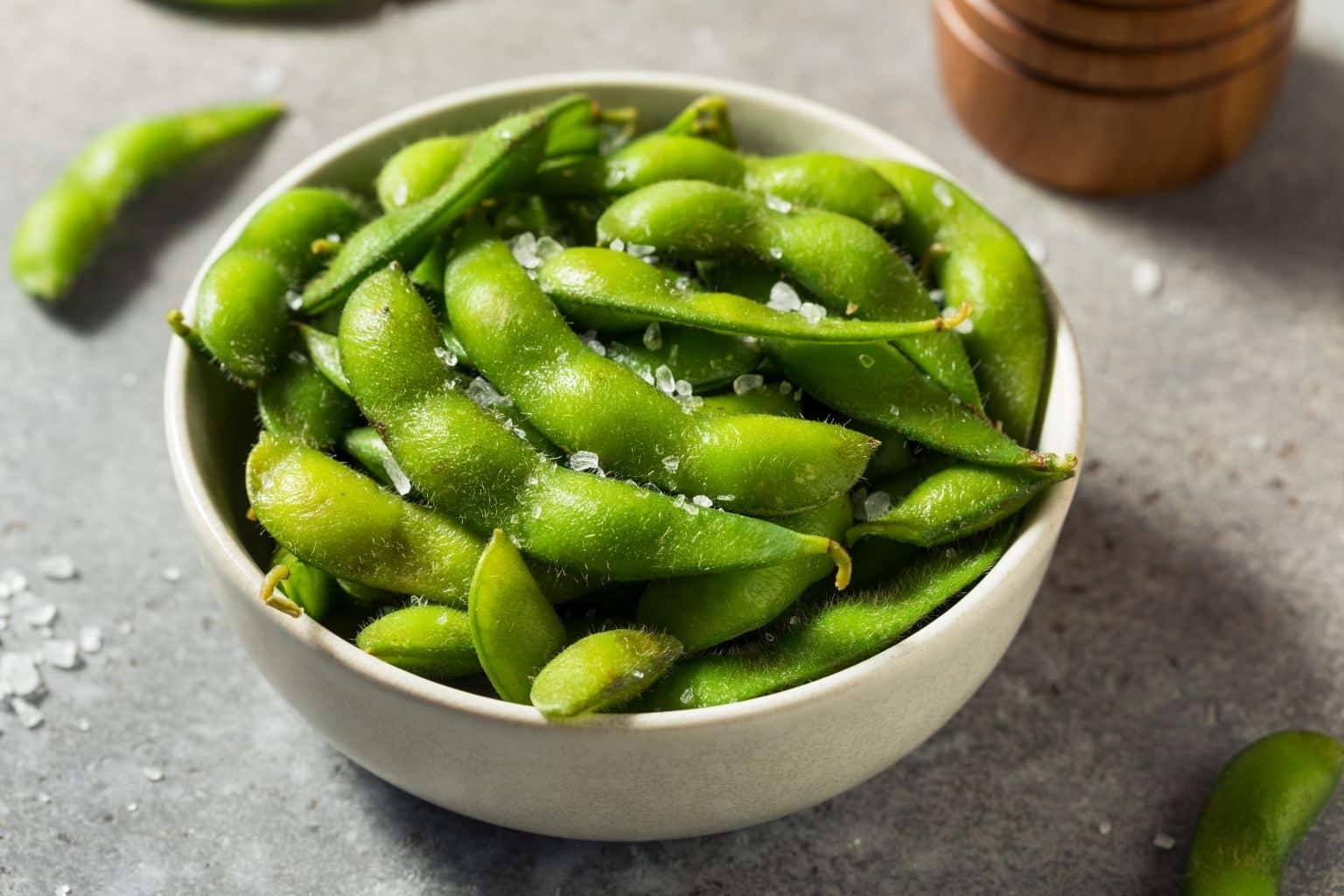The more we pay attention to what we eat and how it makes us feel, the more likely we are to make healthy choices. If the healthy foods we need are readily available or grown in our own backyard garden then we are exponentially more likely to add them to our meals. These are surprising health foods to add to your diet if you are looking to lower blood pressure, lower cholesterol levels, boost your immune system, or increase energy levels.
Quinoa
Quinoa, which is a seed and not a grain, is native to South America. It’s one of the few plant-based foods that contain all nine essential amino acids. You can grow quinoa in your home; quinoa is a cool-weather crop like spinach that can be planted early and withstand light frost.

Quinoa is high in fiber, magnesium, and iron. If you’re trying to add more quinoa to your diet, there are several different ways to prepare it. You can eat it by itself as a substitute for rice or serve it with vegetables or in soups or salads.
Edamame
Edamame is immature soybeans. Although it is not a common sight in American backyard gardens, it should be! It has both high nutritional value and a delicious taste. Suppose you have pre-existing health conditions like high blood pressure. In that case, edamame could be a healthy addition to your diet. It contains more than 10 percent of the recommended daily value for potassium—an important mineral for controlling blood pressure.

Edamame is very simple to prepare: boil it in water or steam it and season with pepper and garlic. You can eat it in-shell by squeezing out the beans or using your teeth!
Herbs & Spices
Often when we think of healthy eating we think of vegetables and fruits. Herbs are equally as healthy and often simple to grow. Herbs such as mint, rosemary and basil have protective compounds that are very good for the body.
Many herbs have been used for centuries as non traditional medicine and are known for their antioxidant, antidepressant, and anti-inflammatory properties.
Almond Butter
Almond butter is a good source of protein, fiber, and healthy fat. It’s also a good source of iron, magnesium, vitamin E, calcium, zinc, and potassium. The body needs these nutrients to function at its best. We know about the benefits of calcium for strong bones and teeth, but did you know it also ensures the proper functioning of muscles and nerves?
Growing almonds takes a lot of patience, and you will need to plant at least two almond trees since they do not self-pollinate. Almond trees produce their best crops when grown in a climate where the summer is hot with low humidity.
Although these next two surprising health foods to add to your diet can’t be grown in your backyard, they deserve mention because they are super delicious and full of health benefits!
Seaweed
Seaweed is a lesser-known superfood that packs tons of nutrients. It grows along shorelines worldwide and is most commonly eaten in Asian countries such as Japan, Korea, and China. Most commonly in the US, we see it in sushi rolls and soups, but you can also add this versatile food to smoothies. If you consider taking a seaweed supplement, be aware that there is a difference between seaweed and seaweed supplements.
Dark Chocolate
As if you needed another reason to love chocolate, dark chocolate just so happens to be loaded with health benefits. Dark chocolate is packed with antioxidants that help reduce the risk of heart disease. Antioxidants also help fight inflammation, which can lead to chronic diseases like cancer and diabetes.
Dark chocolate also increases blood flow to the brain, which may help lower the risk of Alzheimer’s disease.
You can incorporate these foods into various recipes or add them to smoothies for a quick snack. To ensure you get the maximum benefit from them, grow them in your garden. If you can’t, make sure to choose organic whenever possible because that means the food hasn’t been exposed to pesticides or herbicides.







